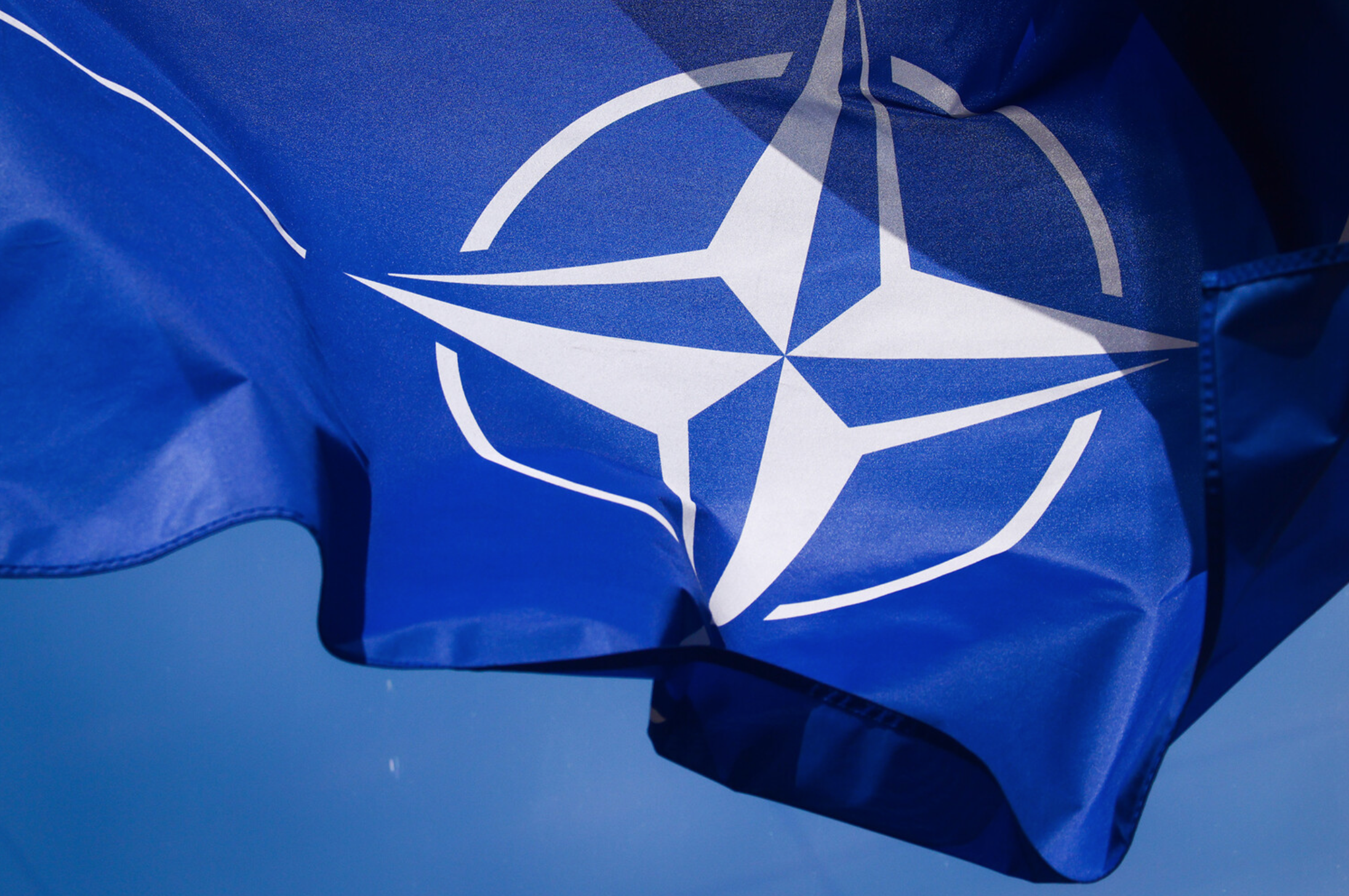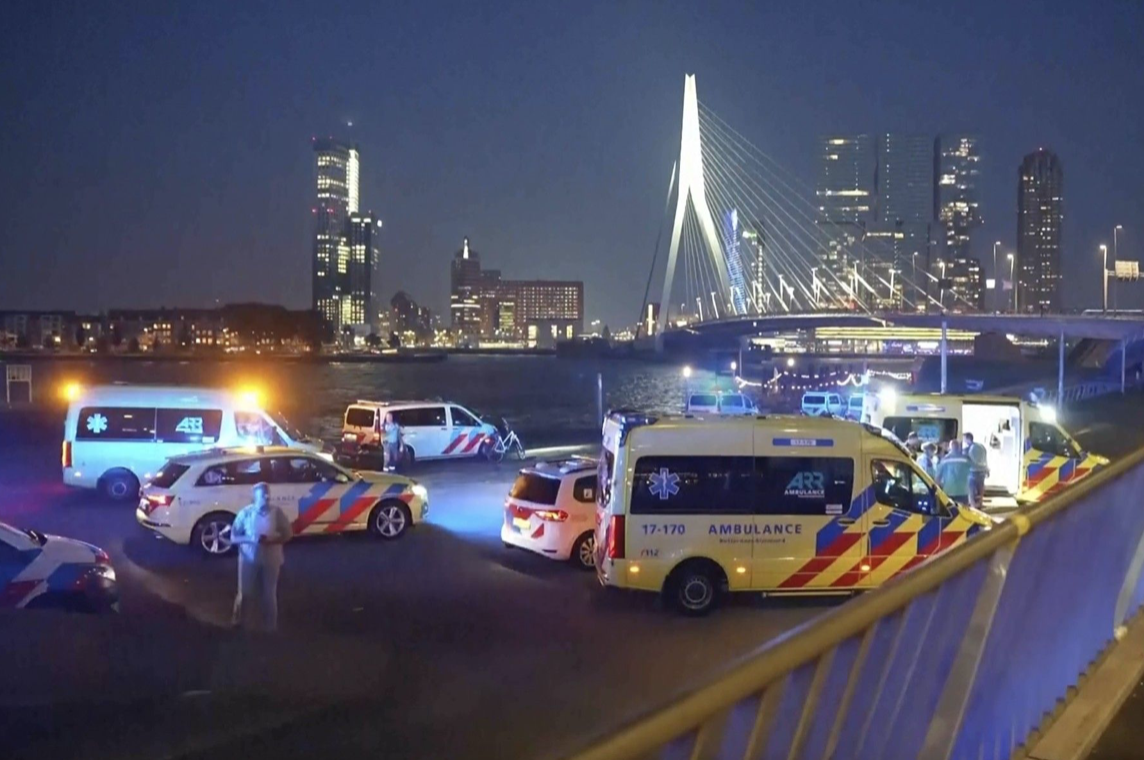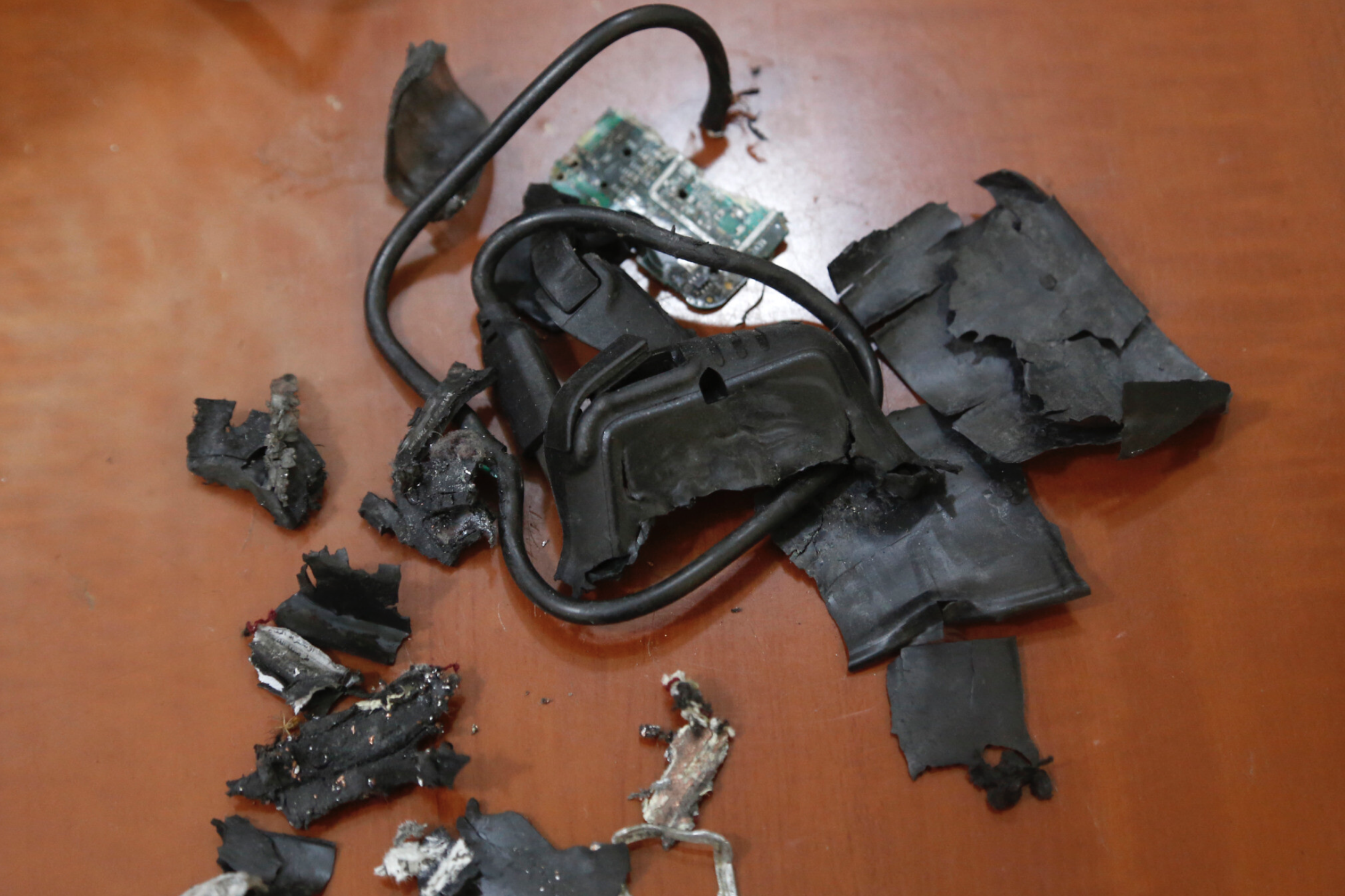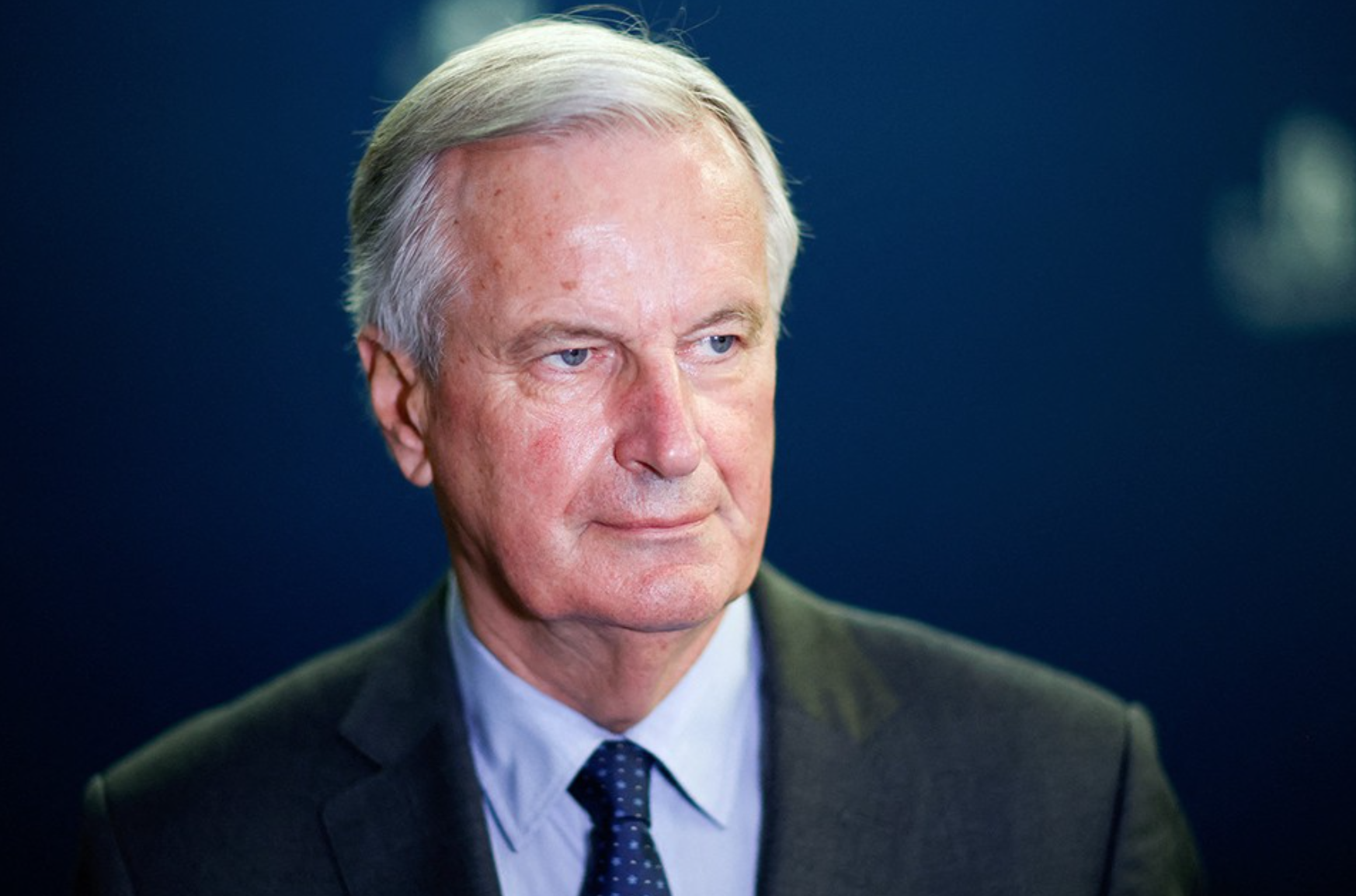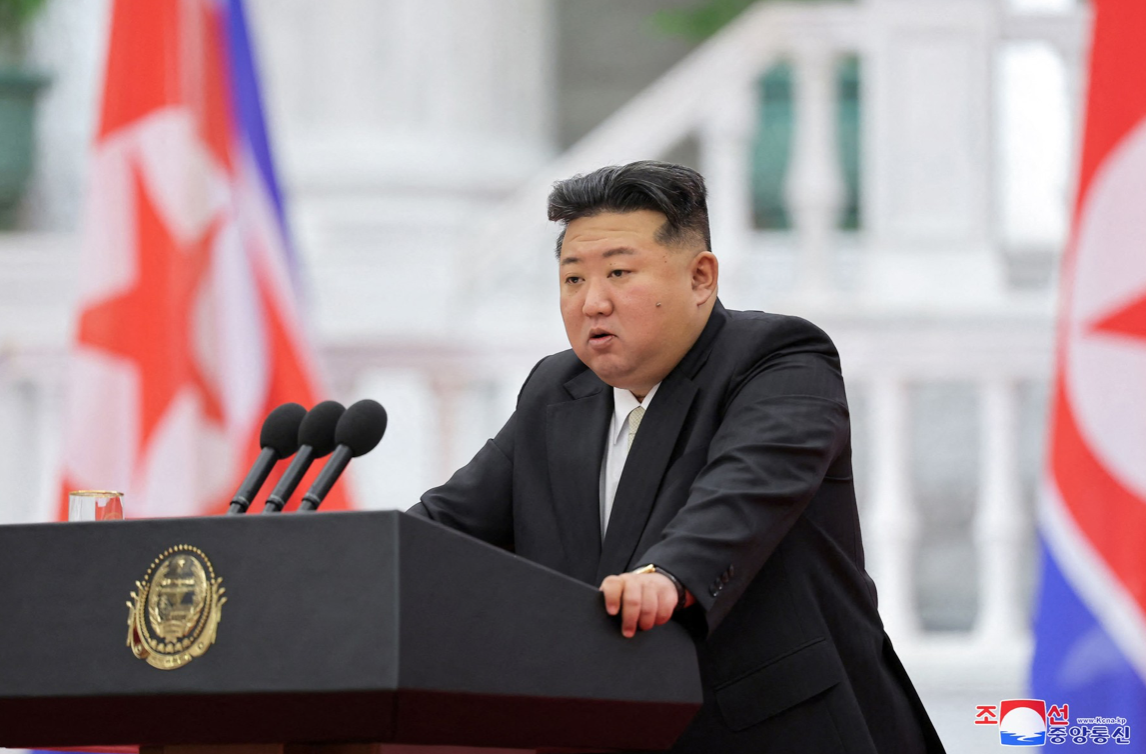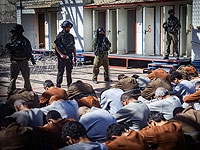NATO will require an additional 35-50 brigades to fully implement its new defense plans designed for a potential attack from Russia. This information was provided by a military source to Reuters.
The source, who wished to remain anonymous, declined to provide further details about these plans, as they are classified. A brigade can comprise between 3,000 and 7,000 troops, so forming an additional 35-50 brigades represents a significant challenge.
In another indication of the scale of this challenge for NATO, a security sector source indicated that Germany alone would need to quadruple its air defense capacities.
NATO’s Extensive Plans
At the 2023 summit in Vilnius, NATO leaders agreed on the alliance’s first major defense plans, known as “regional plans,” in more than three decades. Officials have since been working on translating these documents into concrete military requirements.
At this week’s summit in Washington, NATO leaders will be presented with an update on these plans.
Commenting on the situation, a NATO official stated that the alliance’s military planners have identified detailed requirements for the necessary troops and weapons to defend the alliance. “Air and missile defense systems, long-range weapons, logistics, and large ground maneuver formations are among our top priorities,” he added, anticipating that “NATO will likely set more demanding capability targets for allies.”
Challenges for Germany and Allies
The German Ministry of Defense declined to comment on NATO’s future plans, which are classified, but stated that all allies must coordinate their capabilities with NATO, and these efforts will continue into the next year.
It is currently unclear where NATO allies might find additional personnel for 30-50 brigades. Possibilities include transferring troops from other military components, recruiting additional soldiers, or a combination of the two.
Air Defense Issues
Air defense is another problematic area identified by NATO military planners, as the war in Ukraine has demonstrated the importance of these systems for protecting critical military and civilian infrastructure. Such systems would be particularly important for Germany as a major logistics hub and training area in a potential conflict with Russia.
During the Cold War, Germany had 36 Patriot systems, but even then relied on additional support from allies. Currently, Germany has only nine Patriot systems after donating three to Ukraine, and the government has begun ordering new Patriot systems from Raytheon and other air defense systems to intercept missiles.
After the Cold War, many NATO allies reduced the number of air defense systems, believing that they would face only a limited missile threat in the future from countries like Iran. This perception changed dramatically with Russia’s invasion of Ukraine, prompting allies to focus on increasing ammunition stocks and addressing the shortage of air defense systems.

